Halifax Memorial Library becomes heritage property
The library was built in 1951, but the site has been in use for over 250 years
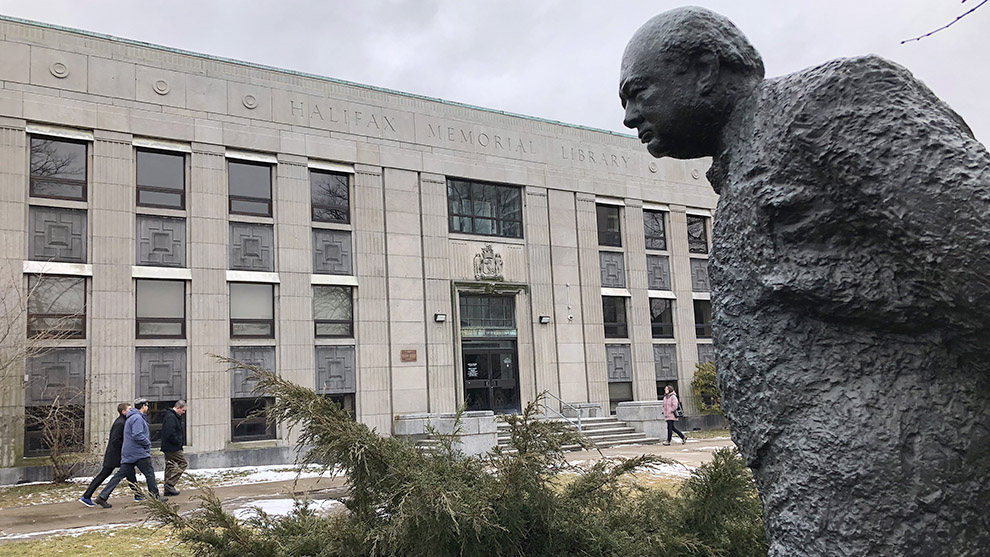
caption
Statue of Winston Churchill in front of the Halifax Memorial Library.The site of a former poor house burial ground and public library in central Halifax now has official heritage status.
Halifax regional council voted unanimously on Tuesday to add the Halifax Memorial Library and property on Spring Garden Road and Grafton Street to the municipal registry of heritage properties.
The library, built in 1951, was designed by Nova Scotia architect Leslie Fairn in the modern classical style. The area immediately surrounding the library has a long history as a cemetery. It is estimated that over 4,500 bodies are buried there.
Halifax South Downtown Coun. Waye Mason said residents have been bringing up the fact the area is a mass grave. Related stories
“I think it’s really important that we respect that and protect that,” he said at the regional council meeting.
Council decided to classify the site as a heritage property as opposed to just a heritage building so the area known as Grafton Park could be included.
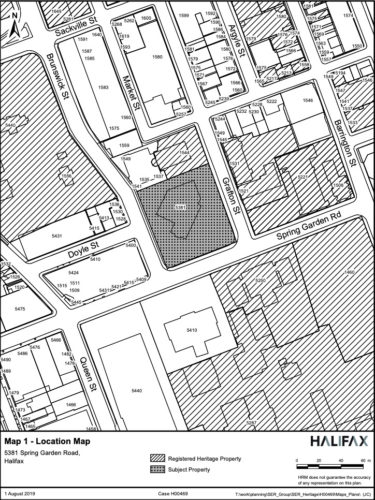
caption
Map of the Memorial Library Heritage property.It makes it easier for council to make changes to just the building in the future because there is more to the heritage value of the site than the building alone.
From now on, council is the final decision-making body regarding the future of the site. Staff described the heritage classification as an “additional lens” to inform future decisions.
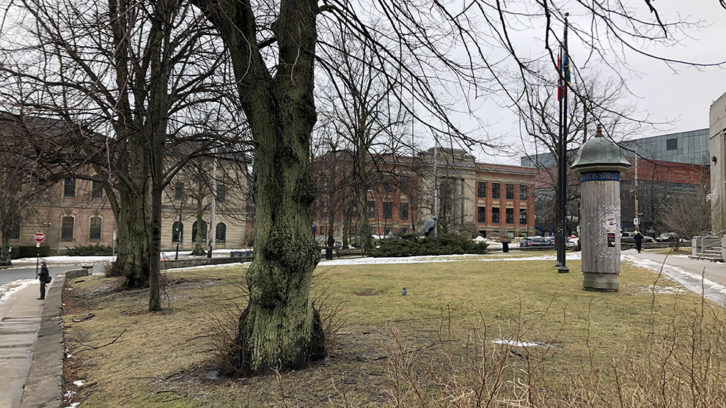
caption
Looking across the green space on the property towards Spring Garden Road.History of the site
What is now the Memorial Library site used to sit just outside the walls of Halifax. In the 18th and 19th centuries it was used as a graveyard for the adjacent poor house.
Poor houses were used as a sort of social safety net, where people struggling financially or with illness or addiction could live.
Sanitation was inadequate and poor house residents endured hard labour and tough conditions. Those that died were buried in unmarked graves.
One of Canada’s first novelists, Philippe Aubert de Gaspé, is believed to be buried in the poor house cemetery. There is a plaque on the library commemorating his death in 1841.
There’s no mention of the thousands of other bodies buried there.
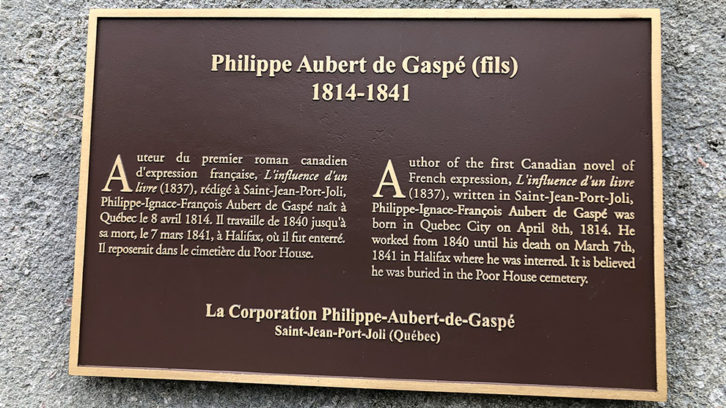
caption
Plaque commemorating Philippe Aubert de Gaspé on the exterior of the Halifax Memorial Library.“Once we know what’s going to happen with this building we need to make sure there is a memorialization of the poor house burial ground, and there is nothing on that site right now that is sufficient,” said Mason.
In 1883 the province granted the land to Halifax, under the condition that “the lands be protected by the City of Halifax and held for the use and enjoyment of the citizens of Halifax, as a public square or gardens forever and for no other purposes whatsoever.”
In 1947 Halifax petitioned the province to allow the building of a public library, which would also serve as a memorial honouring deceased soldiers from both world wars.
“The lack of such a library in Halifax is felt by many to be a disgrace. Nothing could be more symbolic of the sacrifices of those we wish to honour than a library housing books which Adolf Hitler burnt,” the petition read.
The covenant between the city and province was amended for that purpose, and the Halifax Memorial Library was constructed. It closed in 2014 and has sat empty ever since.
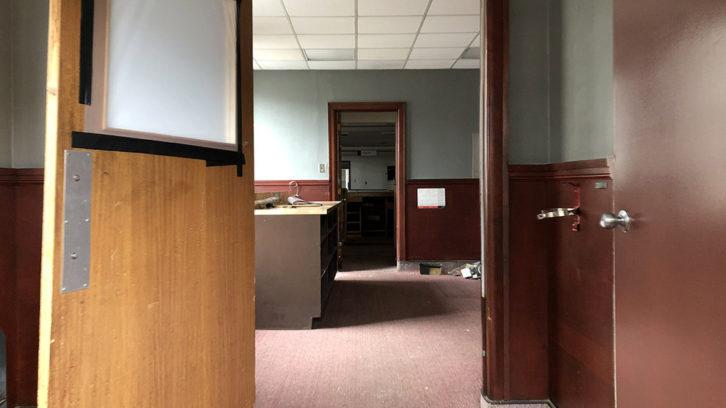
caption
View into the vacant Halifax Memorial Library through the staff entrance.The city’s heritage advisory committee had initiated an attempt to register the property as a heritage building in 2011. Heritage eligibility is based on a points system. The library scored 59 out of a possible 100 points. Regional council deferred the decision and a hearing never took place.
The new application was submitted by a third-party resident of Halifax. Usually, the municipality or property owner submits an application. The Halifax Regional Municipality owns the site.
Last year the heritage advisory committee scored the site a 57 out of a total 70 possible points, placing it well above the minimum acceptable score of 35 to become a heritage property.
What happens next?
Dalhousie University has proposed the site as the location for its school of architecture, municipal space and leasable commercial areas. The proposal sets aside at least 51 per cent of usable space to be open and accessible to the public and preserves the façade of the building.
Provincial restrictions outlined in the 1883 land grant would need to be lifted and an archaeological resource impact assessment would need to be completed.
The province has agreed to support the proposal under certain conditions, said Jacques Dubé, the city’s chief administrative officer.
“In that context the province indicated in writing that they were prepared to support such a project on condition that we engage publicly, that we engage with First Nations, that we come up with a plan that’s acceptable to regional council,” he said at Tuesday’s meeting.
Any new development would likely face large expenses to remove asbestos and reinter the bodies from the poor house cemetery.
Matt Whitman, councillor for Hammonds Plains-St. Margarets, is opposed to disturbing any remains.
“I am not going to support this property and these thousands of bodies being exhumed or dug up or altered in any way and this deserves a lot more than just a plaque,” he said to council.
Listen to The Cold Ground: A Signal Podcast for more information on the history of the poor house cemetery and the Halifax Memorial Library.
About the author
Ben Bogstie
...

J
Jeff L.